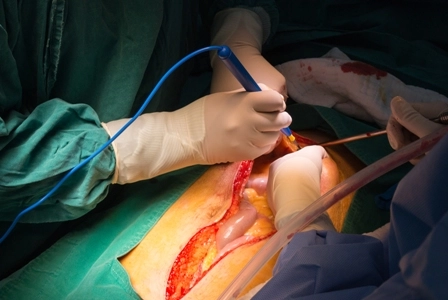Ob-Gyn Coding Alert
ICD-10:
Familiarize Yourself With These Five Obstetric Areas Changing October 1
Published on Mon Jun 13, 2016

You’ve reached your limit of free articles. Already a subscriber? Log in.
Not a subscriber? Subscribe today to continue reading this article. Plus, you’ll get:
- Simple explanations of current healthcare regulations and payer programs
- Real-world reporting scenarios solved by our expert coders
- Industry news, such as MAC and RAC activities, the OIG Work Plan, and CERT reports
- Instant access to every article ever published in Revenue Cycle Insider
- 6 annual AAPC-approved CEUs
- The latest updates for CPT®, ICD-10-CM, HCPCS Level II, NCCI edits, modifiers, compliance, technology, practice management, and more
Related Articles
Other Articles in this issue of
Ob-Gyn Coding Alert
- ICD-10:
Familiarize Yourself With These Five Obstetric Areas Changing October 1
You’ll make a new distinction between ectopic and molar pregnancies. Last month, you learned about [...] - Gynecology:
Vexed by Vaginal Cuff Repair Claims? 3 FAQs Will Clarify
Find out what colporrhaphy code you’ll use for an injury repair. The key to coding [...] - Modifiers:
4 Tips Simplify How You Should Use Modifier 62
Here’s why your documentation needs extra attention. When two surgeons work together to perform one [...] - You Be the Coder:
Seventh Character ICD-10 Codes for Ob Patients
Question: When adding the 7th character on OB codes, where it states “0 not applicable, fetus [...] - Reader Question:
Divide the Line Between Missed, Incomplete Ab
Question: Patient comes into the office for an ob ultrasound and the impression is an incomplete [...] - Reader Question:
High-Risk Medications During Pregnancy, Use These Codes
Question: I need help locating the iCD-10 codes for use of high-risk medication during pregnancy. What [...] - Reader Question:
Examine This Insertion of Catheter
Question: A physician performed a rectus fascia pubovaginal sling for incontinence and also placed a suprapubic [...] - Reader Question:
You Need Proof For Modifier 82
Question: Is there a difference in the reimbursement of procedures for modifiers 80 (Assistant surgeon) and [...] - Reader Question:
Repeat Pap Plus Urinary Tract Infection
Question: A Medicare patient who is high risk due to sexual behavior came in for her [...] - Reader Question:
Surgery Pre-Work Includes Informed Consent
Question: Patient came in for routine prenatal care visit. She knows she wants a tubal ligation [...] - Reader Question:
Code This Wound Exploration, Fascia Endometrioma Removal
Question: I need help locating the right CPT® code. Procedure: old incision was incised on the [...]
View All




